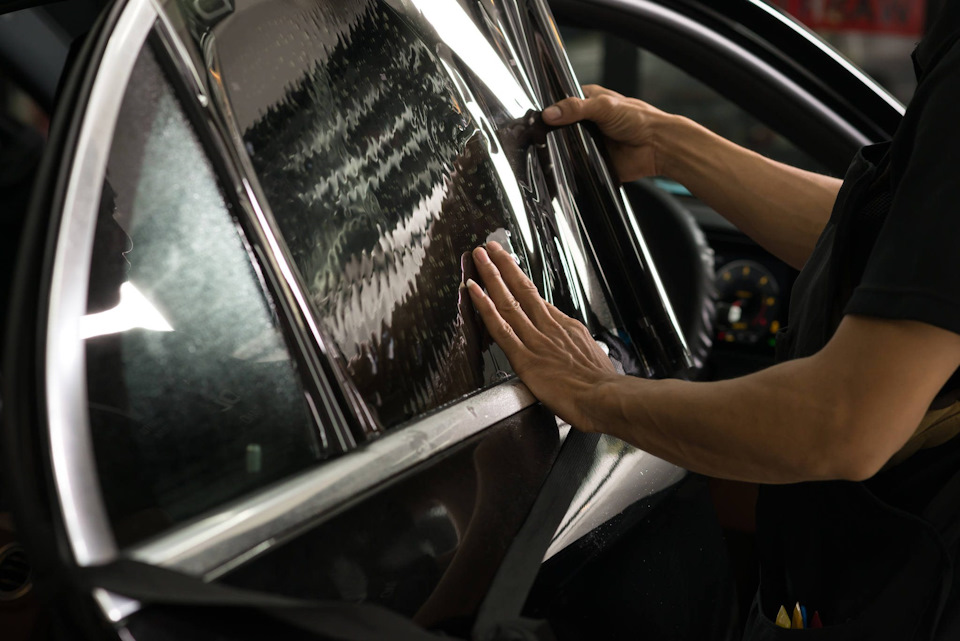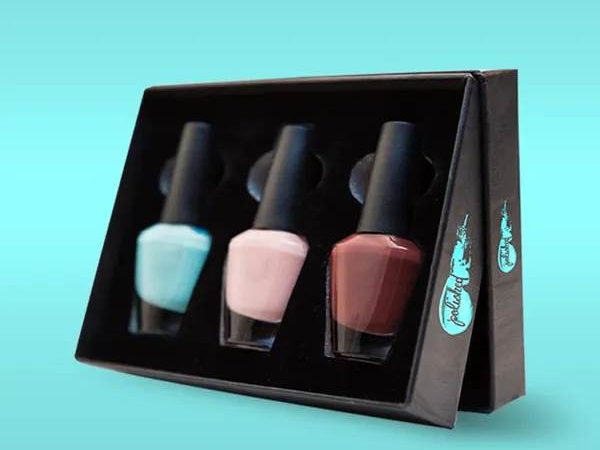Car window tinting is a popular modification for vehicle owners looking to enhance privacy, reduce glare, and improve comfort. This article explores the benefits, types, legal considerations, installation process, and maintenance of car window tinting.
What is Car Window Tinting?
Car window tinting involves applying a thin film to the windows of a vehicle. This film can reduce the amount of visible light, ultraviolet (UV) rays, and infrared radiation that enter the car. Tints come in various shades and materials, allowing drivers to choose according to their preferences and needs.
Benefits of Car Window Tinting
Enhanced Privacy
Tinted windows provide an added layer of privacy for passengers and belongings inside the vehicle. This can deter potential thieves and provide peace of mind for drivers.
UV Protection
High-quality window tints block up to 99% of harmful UV rays, protecting both the passengers and the car’s interior from sun damage and fading. This can also reduce the risk of skin cancer for frequent drivers.
Temperature Control
Tinted windows help regulate the temperature inside the vehicle by reducing heat buildup from the sun. This can lead to lower air conditioning usage, improving fuel efficiency.
Glare Reduction
Tinted windows minimize glare from the sun and headlights, enhancing driving visibility and safety, especially during the day or in low-light conditions.
Aesthetic Appeal
Window tinting can enhance the overall look of a vehicle, giving it a sleek, polished appearance that many car owners find appealing.
Types of Window Tint Films
Dyed Window Films
These films are made by applying a dye to a clear polyester sheet. They provide a basic level of privacy and heat rejection but may fade over time.
Metallized Window Films
These films contain tiny metal particles that reflect heat and UV rays. They offer better durability and heat rejection compared to dyed films.
Ceramic Window Films
Ceramic films are a premium option that blocks heat and UV rays without affecting visibility. They are highly durable and do not fade over time.
Hybrid Window Films
Hybrid films combine dyed and metallized properties, providing a balance of aesthetics and performance.
Legal Considerations
Before getting your windows tinted, it’s crucial to be aware of local laws regarding window tinting. Regulations often specify the maximum allowable tint percentage, which varies by state or country. Always check with local authorities to ensure compliance and avoid fines.
The Installation Process
Choosing a Professional Installer
For the best results, consider hiring a professional installer with experience in car window tinting. Research reviews and ask for recommendations to find a reputable service.
The Tinting Process
The installation typically involves the following steps:
- Cleaning the Windows: The installer will thoroughly clean the windows to remove dirt and debris.
- Measuring and Cutting the Film: The film is carefully measured and cut to fit each window.
- Applying the Film: The installer uses a solution to apply the film smoothly to the glass, ensuring no bubbles or imperfections.
- Trimming and Finishing: Excess film is trimmed, and the edges are sealed for a polished look.
Curing Time
After installation, the tint requires time to cure. Avoid rolling down the windows for a few days to allow the adhesive to set properly.
Maintenance of Tinted Windows
To keep your tinted windows looking great and functioning well, follow these maintenance tips:
- Avoid Harsh Chemicals: Use a mild soap and water solution for cleaning.
- Use Soft Cloths: Clean the tinted windows with a soft, non-abrasive cloth to prevent scratches.
- Be Cautious with Window Roll-Downs: Avoid rolling down the windows during the curing period.
Conclusion
Car window tinting is an effective way to enhance your vehicle’s comfort, appearance, and safety. By understanding the types of films available, legal considerations, and proper maintenance, you can enjoy the benefits of tinted windows for years to come.





Leave a comment
Your email address will not be published. Required fields are marked *